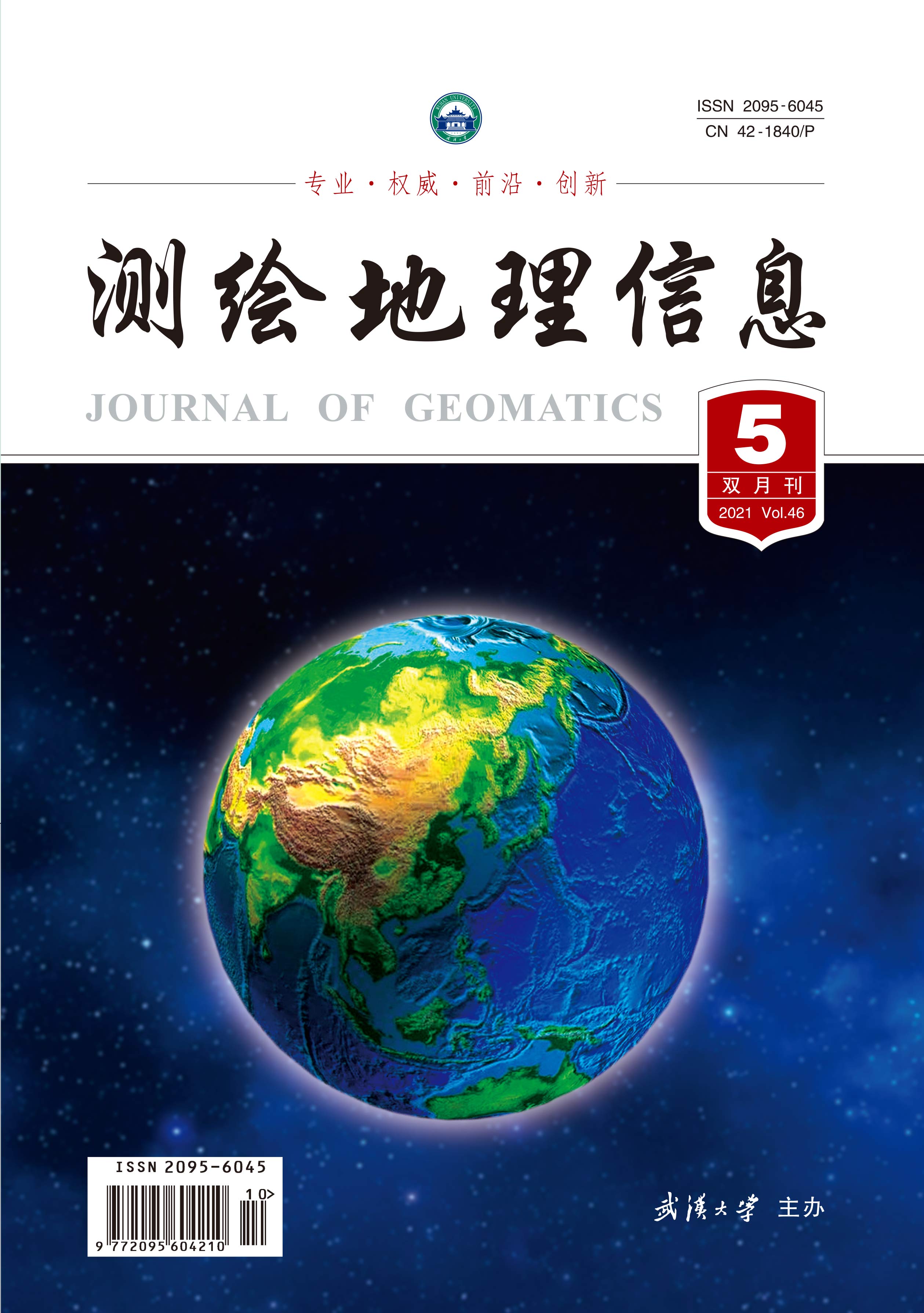Geospatial Analysis of Spatial Variability of Groundwater Quality Using Ordinary Kriging: A Case Study of Dungarpur Tehsil, Rajasthan, India
Q4 Computer Science
引用次数: 0
Abstract
Groundwater is one the major sources of natural water being exploited excessively for various uses in India. Thus, it is very essential to monitor the spatial and temporal variability of groundwater quality. Geo-Statistical Interpolation using GIS has been considered as the best and most advanced method for the interpolation and prediction studies of groundwater pollution and quality, and is adopted universally. In this paper, ordinary Kriging with logarithmic data transformation has been used to interpolate and predict the spatial variation of groundwater quality parameters - EC, TDS, pH, Na+, Ca2+, Bi-Carbonate, Fluoride, Chloride, Sulphate and Nitrate using data pertaining to 48 well locations in the Dungarpur tehsil. Data was transformed and normalized using Logarithmic Transformation Method and Semivariograms were drawn and analyzed for selecting the suitable model. The best Semivariogram model was obtained based upon cross validation and on the lesser RMSE criterion and Coefficient of Determination. The results show that the best semivariogram model based on RMSE varied for each water quality parameter. For log transformed data Exponential model was found suitable for EC, TDS, Na+, TH etc.; Spherical model for Ca2+ ; Chloride Gaussian Model for Chloride. For original or raw for non-transformed data Exponential Model was found suitable for Fluoride, Sulphate and Nitrate; and Gaussian Model for pH and Bi-Carbonates.基于普通克里格法的地下水水质空间变异性地理空间分析——以印度拉贾斯坦邦邓格普尔特希尔为例
地下水是印度被过度开发用于各种用途的天然水的主要来源之一。因此,监测地下水质量的空间和时间变化是非常重要的。利用地理信息系统的地理统计插值被认为是地下水污染和水质插值和预测研究的最佳和最先进的方法,并被普遍采用。在本文中,使用对数数据转换的普通克里格法,利用Dungarpur县48个井位的数据,对地下水质量参数(EC、TDS、pH、Na+、Ca2+、碳酸铋、氟化物、氯化物、硫酸盐和硝酸盐)的空间变化进行了插值和预测。采用对数变换法对数据进行变换和归一化,绘制并分析半方差图,以选择合适的模型。基于交叉验证和较小的RMSE标准和确定系数,获得了最佳的半变差函数模型。结果表明,基于RMSE的最佳半变差函数模型对每个水质参数都有所不同。对于对数变换数据,发现指数模型适用于EC、TDS、Na+、TH等。;Ca2+球形模型;氯化物高斯模型。对于原始或原始的未转换数据,发现指数模型适用于氟化物、硫酸盐和硝酸盐;以及pH和碳酸铋的高斯模型。
本文章由计算机程序翻译,如有差异,请以英文原文为准。
求助全文
约1分钟内获得全文
求助全文
来源期刊

测绘地理信息
Earth and Planetary Sciences-Earth-Surface Processes
CiteScore
0.20
自引率
0.00%
发文量
4458
期刊介绍:
 求助内容:
求助内容: 应助结果提醒方式:
应助结果提醒方式:


